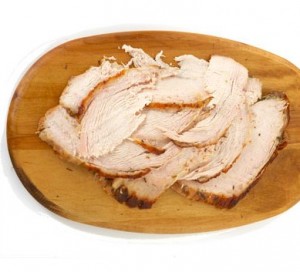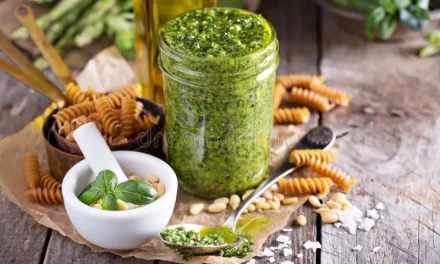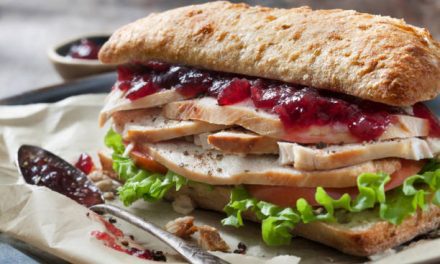
“The juiciness of the meat is remarkable and your family will keep coming back for more, you can also make great turkey sandwiches with the leftovers”
Prep Time: 15 minutes (turkey must marinate overnight)
Baking Time: 4 ½ to 5 hours
Ingredients
1 whole turkey (15 pounds) thawed then rinse the turkey inside and out. Pat dry with paper towels
4 tablespoons olive oil
2 large white onions peeled and cut in 4 quarters
2 large green bell peppers de-seeded and cut into 4 quarters
2 celery stalks cleaned and cut into three inch parts
1 bulb of garlic peeled
2 cups red wine preferably Cabernet Sauvignon/or 1 cup cola
1 cup water
¼ cup packed dark brown sugar
2 tablespoons sea salt
3 rosemary sprigs
5 bay leafs
1 tablespoon ground black pepper
For the sauce
2 cup red wine
½ cup water
1/2 cup heavy cream
Directions
(The turkey must marinate for at least 18 hours before baking)
Place the turkey breast-side up in a roasting pan.
Add all the vegetables, wine, water, olive oil brown sugar and sea salt to a blender or food processor and blend on high for 1 minute until well blended.
Pour the marinate over the entire turkey making sure to add plenty of it to the turkey cavity and cover with tinfoil and place in top part of the fridge to marinate for at least 18 hours.
The next day
Preheat the oven to 325 F. Remove the turkey from the fridge and set aside until the oven is ready and hot. Next remove the tinfoil (do not throw tinfoil away you will need it later) and place the turkey into the hot oven and bake until the skin is light brown (around 1 ½ hours) then cover the turkey with the tin foil that you did not throw away and continue to bake until the turkey has roasted for 3 hours more. Be sure to check for doneness by checking to see if the juices that run out are clear with no blood in them or if checking with a thermometer the temperature should be when poked into the turkey breast muscle and all the way to the middle, the temperature should be from 170 to 180 F.
When done remove the turkey from the oven and allow to stand for 30 minutes to permit the juices to settle into the meat. Then remove the turkey from the roasting pan and place in a new roasting pan, cover with tinfoil and place back into the now turned off oven, make sure the oven is off.
Place the roasting pan on the stove-top with at least one burner on high.
De-glaze the pan by adding 2 cups red wine and orange juice or ½ cup Worchester sauce mixed with 1 cup water and orange juice.
Stir gently to scrape up browned bits and try to get them completely off the bottom of the roasting pan.
Stir for 5 minutes or until almost all of the brown bits are off the bottom of the pan
Pour pan drippings into a gravy separator or strainer onto a medium size boiling pot and heat to medium high and bring slowly to a boil mixing often.
next add the cream and continue to stir and reduce until the sauce is light thick then remove from heat.
You should not have to add more sea salt since 2 tablespoons was used for the marinate but always check the sauce and add more so that it meets to your palate.
Carve the turkey and drizzle turkey slices with the warmed gravy sauce. Serve immediately.







